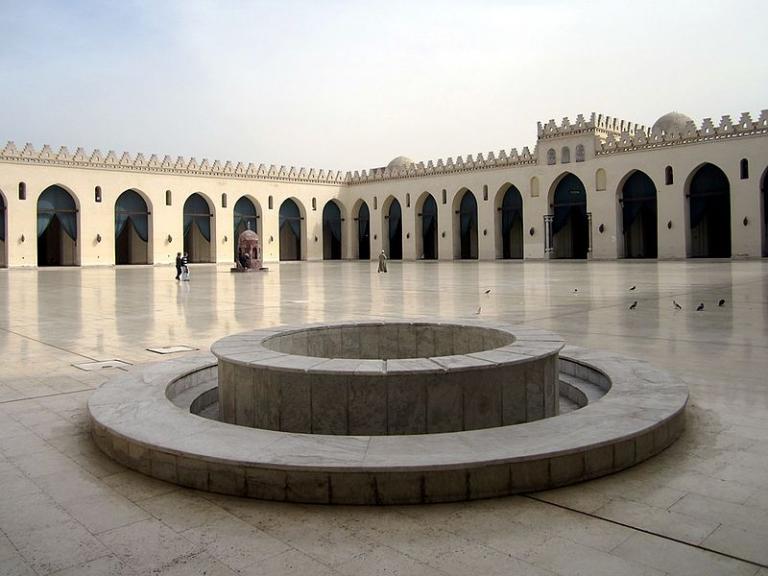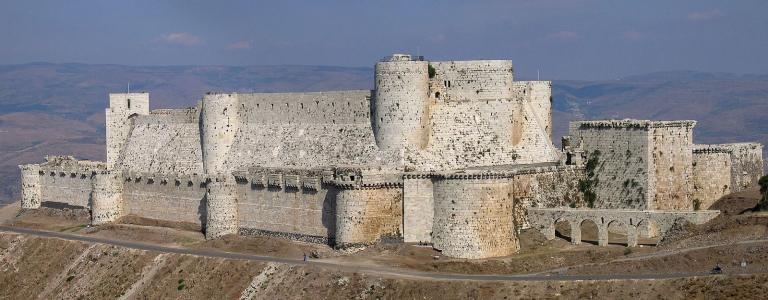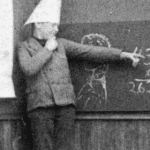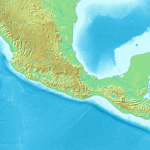
(Wikimedia Commons public domain photo)
My manuscript now begins to treat what I call, following Marshall G. S. Hodgson, the “Early Middle Period,” which will last from AD 945 to AD 1258:
The so-called “Shiite Century” that followed the close of the High Caliphal period actually lasted for a little more than a hundred years, from 945 to 1055 A.D. But the complete takeover of the Islamic world by Shiites, hoped for by some and feared by others, never materialized. In fact, with the temporary exception of the Fatimid empire, based in Egypt, the Shiite states grew continuously smaller and smaller as ambitious military commanders broke away and tried to go it alone. In the eastern part of the Islamic world, the old Persian landed class resurfaced after several centuries of near-invisibility. These people, whose public language was Arabic, had been speaking Persian at home and felt more comfortable with it. Now that they again held political power, they felt themselves free to prefer their mother tongue publicly. If they were going to hire poets to glorify themselves and the life of their courts, they wanted poetry they could understand. So, in large areas, Persian was resurrected as a literary language. Now, however, it was written in Arabic script and enriched with thousands of loan-words from Arabic. Hence, it is called new Persian, or neo-Persian, to distinguish it from the ancient language of Darius and Cyrus and the Middle Persian that intervened. This is essentially the Persian language as it is spoken today in Iran. The most striking illustration of this resurgent Iranian nationalism, perhaps, is Firdawsi’s eleventh-century Shah-Nameh, the “Book of Kings.” Drawing on both history and mythology, the Shah-Nameh is a versified retelling of the struggle between Iran, the land of light, and its eternal enemy, “Turan.” It is generally regarded by Persian-speakers even today as their national epic. It has also, perhaps, established the manner in which many Iranians continue to view the outside world.
But the era of Shiite dominance was soon on the wane. The dynasties that had seized various parts of the Islamic world decayed and fell apart. Finally, between 1055 and 1092, hordes of Turks, sweeping down out of Central Asia, conquered the central Islamic lands. (The Ghaznavid Turkish dynasty already controlled the Afghan mountains and a substantial portion of northern India.) These Turks had been converted to Islam by Sunni missionaries, and, consequently, the Sunni state that they set up—known to history as the Great Saljuk empire—sounded the death knell to Shiite hopes in much of the Near East. (The Fatimids of Egypt held out until 1171.) For thirty- five years, the Great Saljuk empire was ruled by three extraordinarily competent kings, one after the other.[1] But then the process of political disintegration began again. It seemed as if the very air of the period would not tolerate political unity, and the Sunni Saljuk state could no more hold out against it than the Shiites before.
At the same time, in distant Spain, the surviving Umayyad caliphate, which had endured for so long after the Abbasid overthrow of the Umayyads in every other part of the empire, also collapsed. Muslim Spain, lovingly known to the Arabs as Andalusia, became a collection of warring city states, led by men known as “the party kings” (Arabic muluk at-tawaa’if; Spanish reyes taifas). They gained this title not because they liked a good time—although the historical record indicates that many of them did—but because they were always involved in political intrigue and alliances (or “parties”) against one another.

(Wikimedia Commons public domain image)
Meanwhile, as the Near East shattered into pieces, the Christian West was growing aggressive. On 26 November 1095, Pope Urban II convinced the princes and nobles of Catholic Christendom to join in a crusade of liberation against the Muslims who ruled the Holy Land. “Deus lo volt!” he cried. “God wills it!” Restless knights and landless aristocrats signed up enthusiastically for the new campaign, urged on by a zeal for holy war, a desire to make the pilgrimage to Jerusalem, and a burning ambition to carve out kingdoms for themselves in a new land. After a long and dangerous journey and after many fierce battles, the Crusaders arrived at the holy city of Jerusalem and laid siege to it in the summer of 1099. On the 15th of July, after a five-week siege, they breached the city’s final defenses and poured in. Every Muslim man, woman, and child in the city was put to the sword. Corpses and blood were literally knee-high on the temple mount, where Arabs hiding in the Mosque of al-Aqsa had received promises of mercy from the Europeans. The Jews of the city crowded into their chief synagogue, where they were burned alive. When nobody was left to kill, the Crusader princes rode solemnly to the Church of the Holy Sepulchre to give thanks to God for their glorious victory. Jerusalem had been restored to Christian rule.
The Crusaders enjoyed some success in the Near East, most of it short-lived, but the interesting fact about them for my purposes here is that the states they founded behaved in precisely the same manner as did other small states of the Early Middle Period. They could not unite together. They made ephemeral alliances with one another, and sometimes with Muslims against each other. And the Muslim states often sought alliances with the Crusader states against one another. As seems clear to us now, if the Near East had been united, the Crusades would have achieved little or no success. It was the division of the Muslims, the political vacuum created by the disintegration of the Abbasid empire, that invited the Crusaders in and permitted them to stay. (Many modern Arabs see Israel as simply the last of the Crusader states, as yet another invasion from the West, and they point out with some bitterness that, once again, it is the divisions among the Arabs that have permitted such a foreign presence to survive.) But the assimilation of the Crusaders to the pattern of Middle Period states in the Near East was not limited to their military and diplomatic behavior. When they arrived in the region, the Crusaders came into contact with a civilization that was far more advanced than that of Europe; thus, it is not surprising that they began to dress like Arabs, that they learned to speak Arabic, and that they absorbed much from their Muslim neighbors. In some ways, they behaved very much the way the Arabs had themselves, five centuries earlier. And when the various Crusaders and knightly orders returned to Europe, they brought with them some of the things that they had learned during their sojourn in the Arab world. (Among these were spices. Think how dull English food must have been when there were no spices at all!)
[1] The second of these was named Alp Arslan. As I’ve already mentioned, for the benefit of readers of C. S. Lewis’s Chronicles of Narnia, Arslan is the Turkish word for “lion.”
Posted from Park City, Utah












